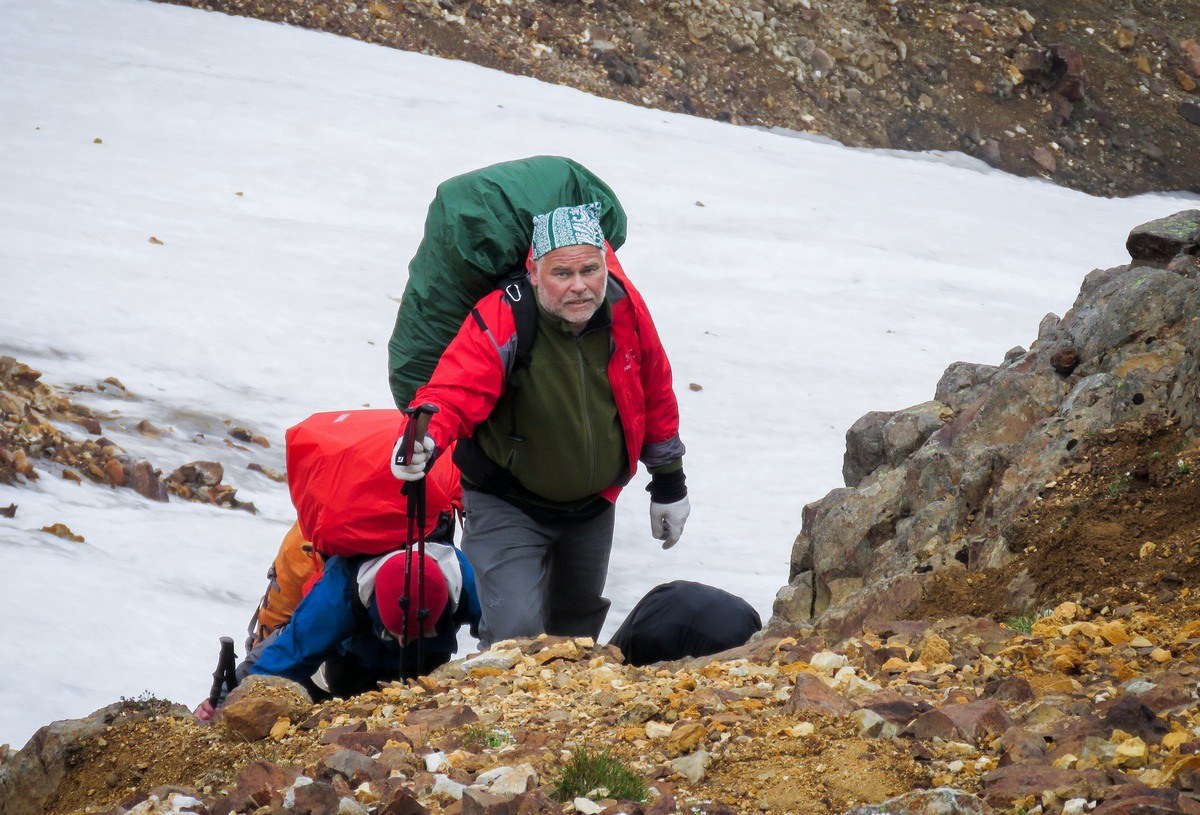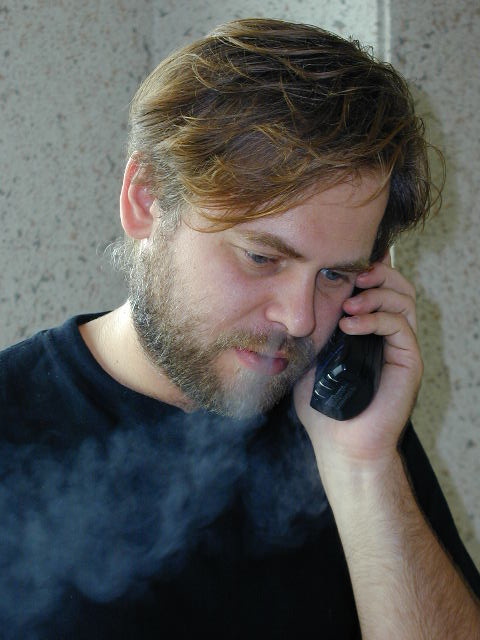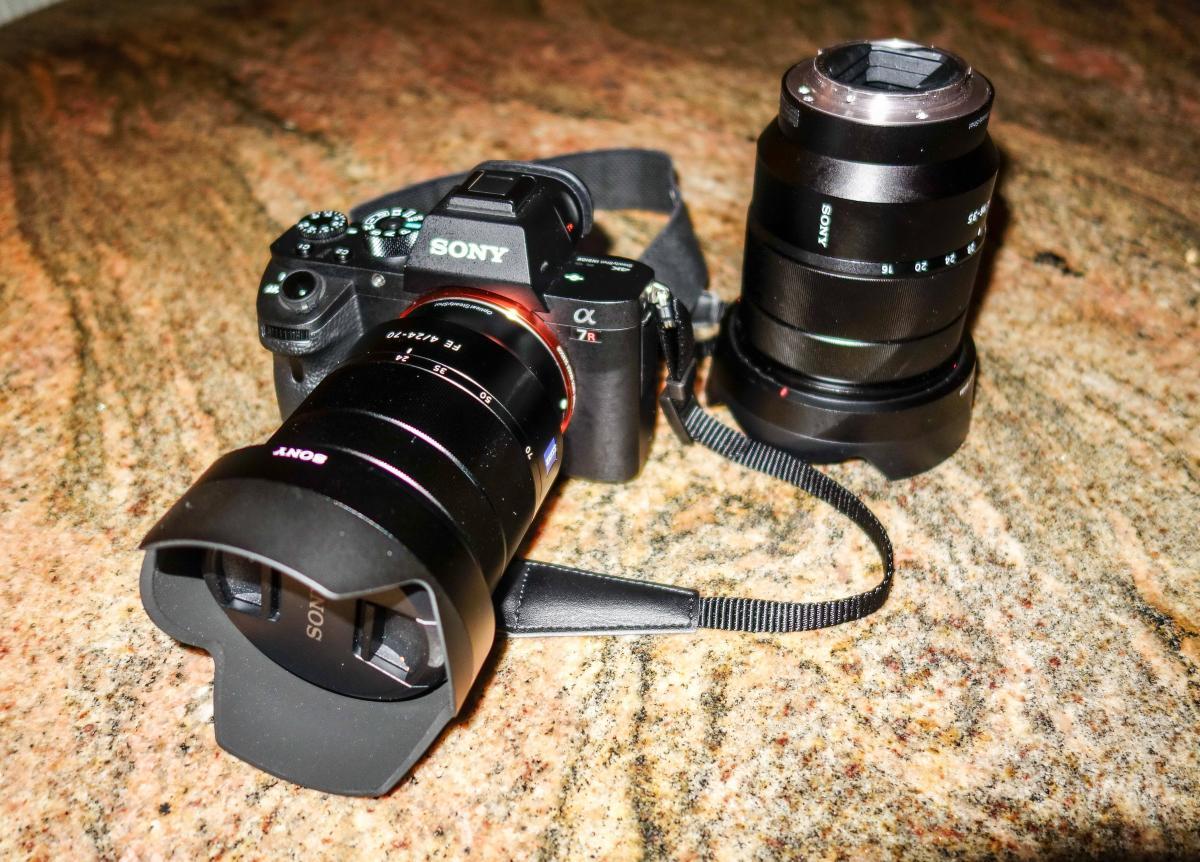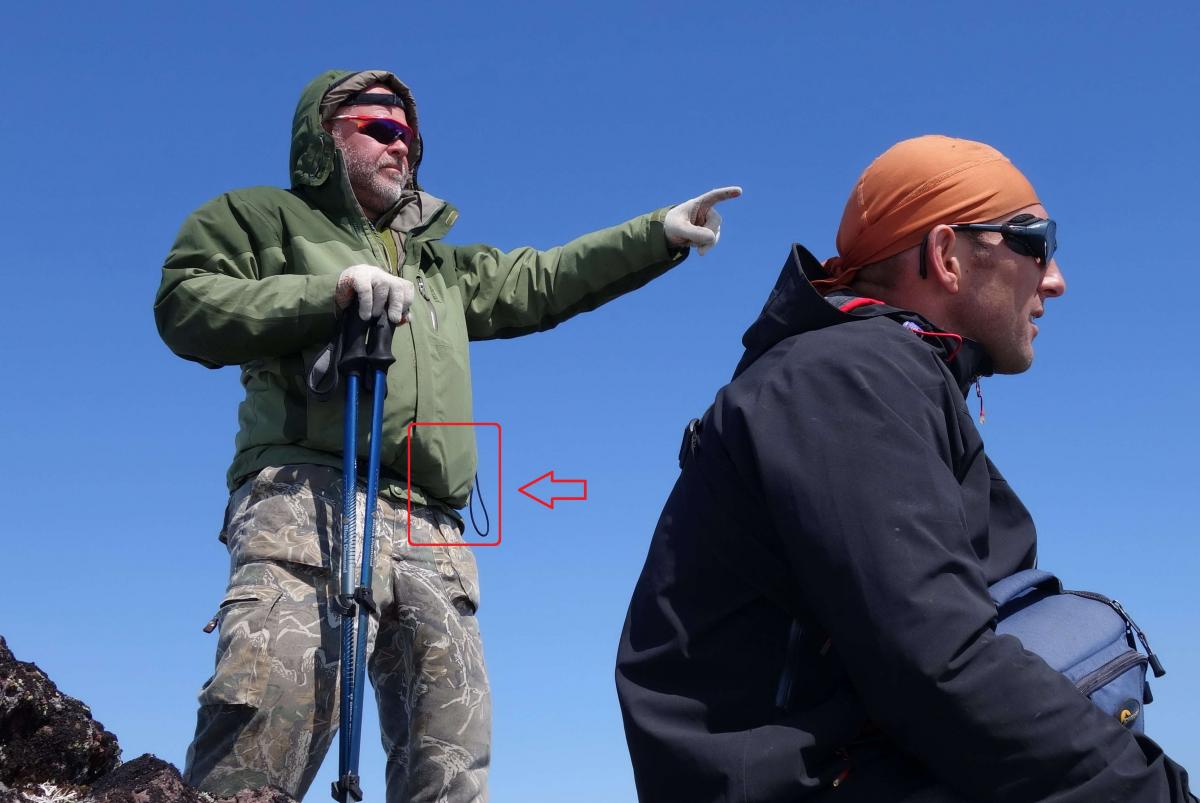My recent meet with the Pope jogged my memory about the existence of such forgotten gadgets as the arithmometer. The device being used may still be remembered by some in my generation, while to younger generations the ‘contraption’ is an antique – a relic from eons ago – when there was no Facebook (imagine?), and not even any Internet (WHAT?!).
But on this pre-digital analog bit of kit once the accounting of the whole world depended, and more besides. Therefore, this post is all about arithmometers, because history is worth knowing – especially when it’s as intriguingly quaint as this :).
What an invention! Of course, you could read all about it on Wikipedia, but here I’ll give you a summary of what are, IMHO, the highlights.
Mechanical calculators appeared… more than 2000 years ago! The ancient Greeks used them! What, didn’t you know? I kind of did, but – once again (eek!) – my memory later failed me. So I looked up the details to refreshen those synapses.
Aha – here she is, the beut! The Antikythera mechanism – originating one or two centuries BC; that is – 2100+ years ago!
The Antikythera mechanism is an ancient analog computer and orrery used to predict astronomical positions and eclipses for calendrical and astrological purposes, as well as the Olympiads, the cycles of the ancient Olympic Games.
Found housed in a 340 millimeters× 180 millimeters× 90 millimeter wooden box, the device is a complex clockwork mechanism composed of at least 30 meshing bronze gears. Its remains were found as one lump, later separated into three main fragments, which are now divided into 82 separate fragments after conservation works. Four of these fragments contain gears, while inscriptions are found on many others. The largest gear is approximately 140 millimeters in diameter and originally had 223 teeth. (Wikipedia)
Oh those Greeks!
Fast forward some 1600 years, and the next example of a mechanical calculator gets drawn by Leonardo da Vinci. That device was a 16-bit adding machine with 10-tooth cogs.
Another long pause – of 120 years…
Surviving notes from Wilhelm Schickard in 1623 report that he designed and had built the earliest of the modern attempts at mechanizing calculation. His machine was composed of two sets of technologies: first an abacus made of Napier’s bones, to simplify multiplications and divisions first described six years earlier in 1617, and for the mechanical part, it had a dialed pedometer to perform additions and subtractions.
Two decades later…
Blaise Pascal designed [a] calculator to help in the large amount of tedious arithmetic required; it was called Pascal’s Calculator or Pascaline.
30 years later – the ‘stepped reckoner’…
– A digital mechanical calculator [was] invented by the German mathematician Gottfried Wilhelm Leibniz. It was the first calculator that could perform all four arithmetic operations. Its intricate precision gearwork … was somewhat beyond the fabrication technology of the time.
And after that, a veritable arms calculator race ensued…
[In 1674 came] Samual Morland’s ‘arithmetical machine’ by which the four fundamental rules of arithmetic were readily worked “without charging the memory, disturbing the mind, or exposing the operations to any uncertainty” (regarded by some as the world’s first multiplying machine).
In 1709…
[Giovanni] Poleni was the first to build a calculator that used a pinwheel design.
And here come the warm jets real arithmometers, not their precursors…
Thomas de Colmar‘s [arithmometer] became the first commercially successful mechanical calculator. Its sturdy design gave it a strong reputation of reliability and accuracy and made it a key player in the move from human computers to calculating machines that took place during the second half of the 19th century.
Its production debut of 1851 launched the mechanical calculator industry, which ultimately built millions of machines well into the 1970s [!!!!]. For forty years, from 1851 to 1890, the arithmometer was the only type of mechanical calculator in commercial production and it was sold all over the world. During the later part of that period two companies started manufacturing clones of the arithmometer: Burkhardt, from Germany, which started in 1878, and Layton of the UK, which started in 1883. Eventually about twenty European companies built clones of the arithmometer until the beginning of WWII.
Meanwhile in Russia, in the same decade (1850-1860), Pafnuty Chebyshev made the first Russian arithmometer.
Less than a generation later, another resident of Russia (a Swedish immigrant engineer) began line manufacture of the Odhner Arithmometer…
From 1892 to the middle of the 20th century, independent companies were set up all over the world to manufacture Odhner’s clones and, by the 1960s, with millions sold, it became one of the most successful type[s] of mechanical calculator ever designed.
Fast forward to September 28, 2016, and a certain Eugene Kaspersky gives Pope Francis one such Odhner Arithmometer:
https://www.instagram.com/p/BK6AsyGguNu/
Its industrial production officially started in 1890 in Odhner’s Saint Petersburg workshop.
Read on: A bit of subjunctive mood…





























